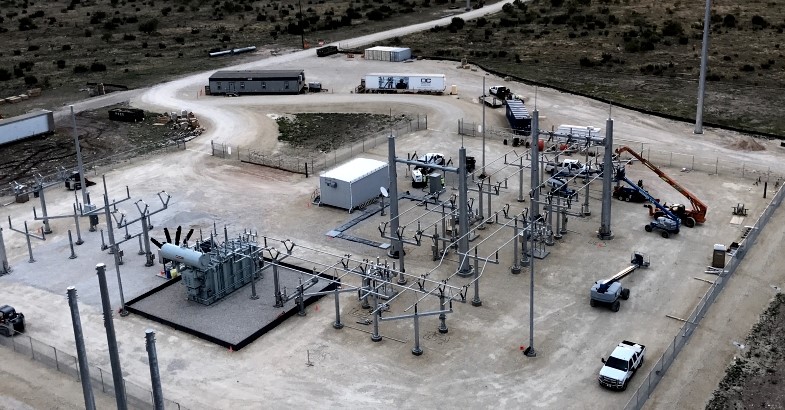Substation Design
All substations contain switchgear, transformers, earthing and lightning protection systems and follow certain bus arrangements. A correctly planned and designed substation is vital for the consistent operation of the national grid. The main issues facing a power engineer are reliability and cost. A good design attempts to strike a balance between these two, to achieve reliability without excessive cost.

The courses in this area of expertise are laying out the basics of substation design, including the requirement for relevant system studies, defining the space requirements and design criteria, selection of appropriate transformers and switchgear etc. It also provides practical guidance for substation earthing and lightning protection design.
The following courses fall in this group:
SD301 TENDER SPECIFICATIONS
• Developing and evaluating specifications
• Requisition of transformers and switchgear
• Economic considerations
• Guidelines for selection process
SD302 SUBSTATION EARTHING DESIGN
• Tolerable body currents and dangerous voltages
• Critical system and site parameters
• Designing an earthing system
SD303 SUBSTATION LIGTHNING PROTECTION
• Lightning protection principles
• Roll of sphere and fixed angle design
• HV Surge Protection
SD304 SWITCHGEAR SELECTION AND DESIGN
• MV design guide
• Criteria for bus-bar and circuit breaker selection
• Typical configurations of switchgear
• Typical switchgear arrangements
SD305 TRANSFORMER DESIGN
• Theory of transformers, transformer components and basic materials
• Most critical transformer parameters and transformer sizing
• Transformer losses and efficiency
• Transformer overload capability
Engineers that complete all courses in this group, and in the switchgear and transformer groups, would obtain skills required to work as Substation Engineers.
A detailed description of the courses and how they can support your development plan can be found in the program. For more information and for in-house training please contact us on training@matrex-e.com.
